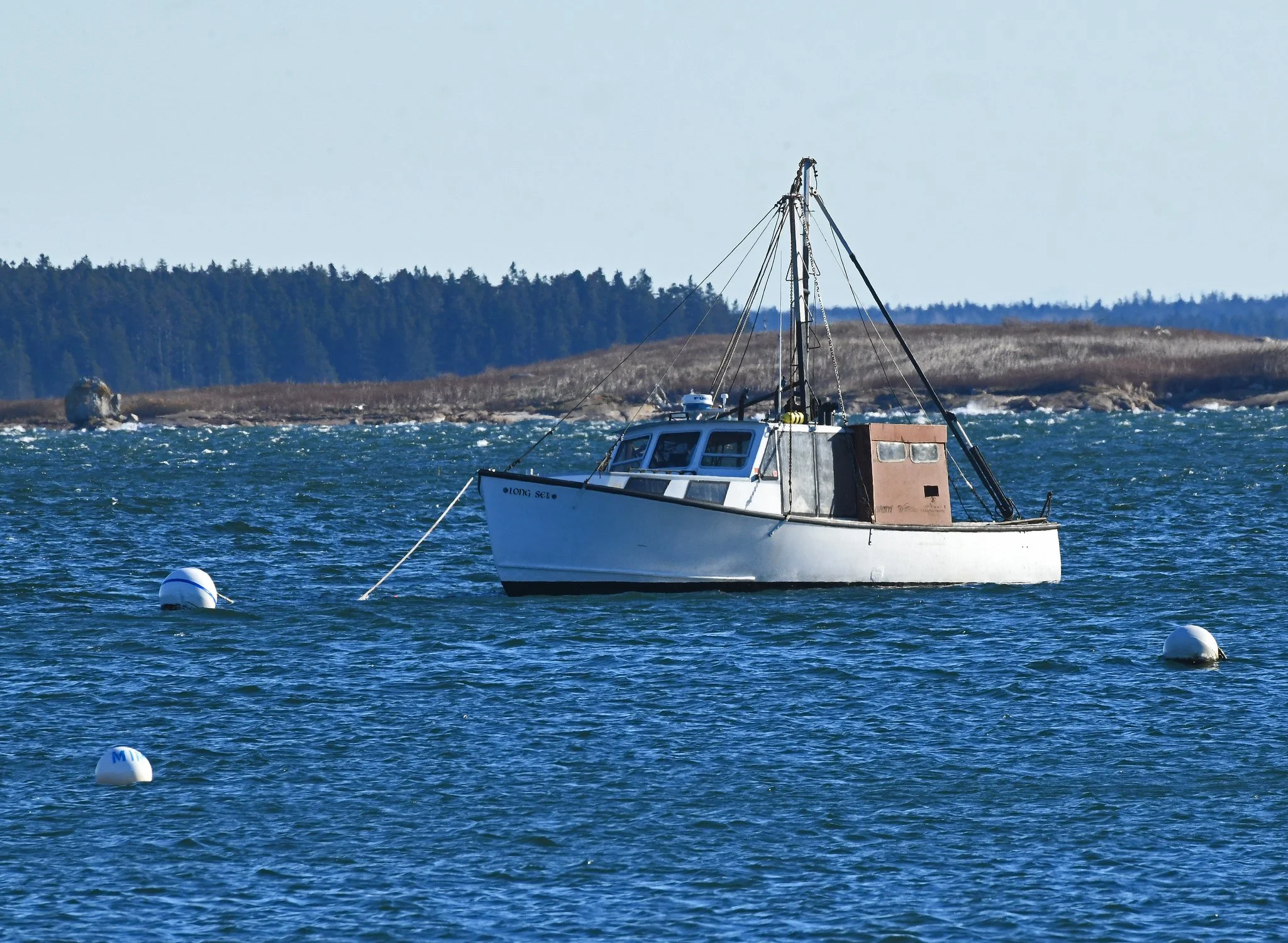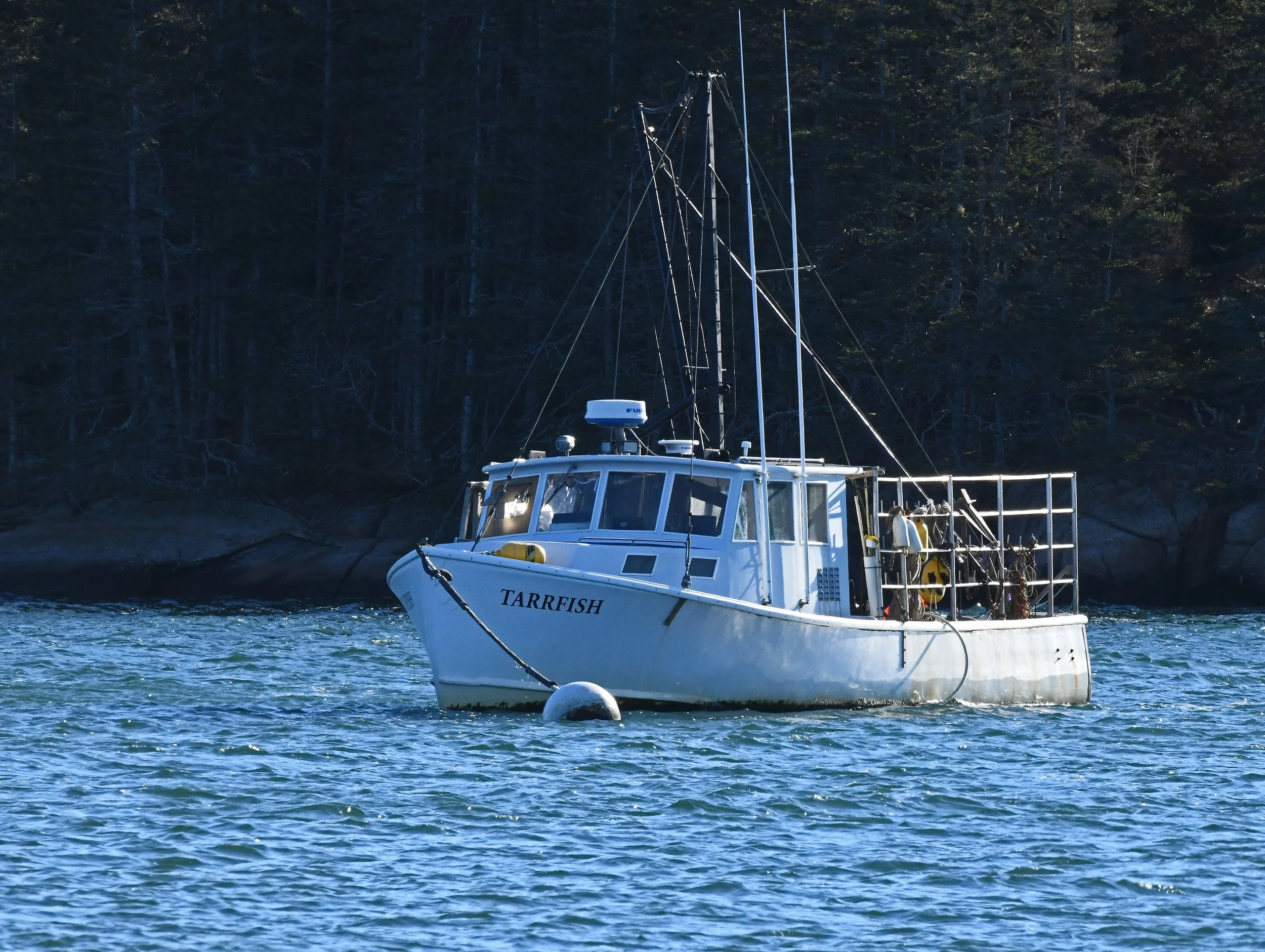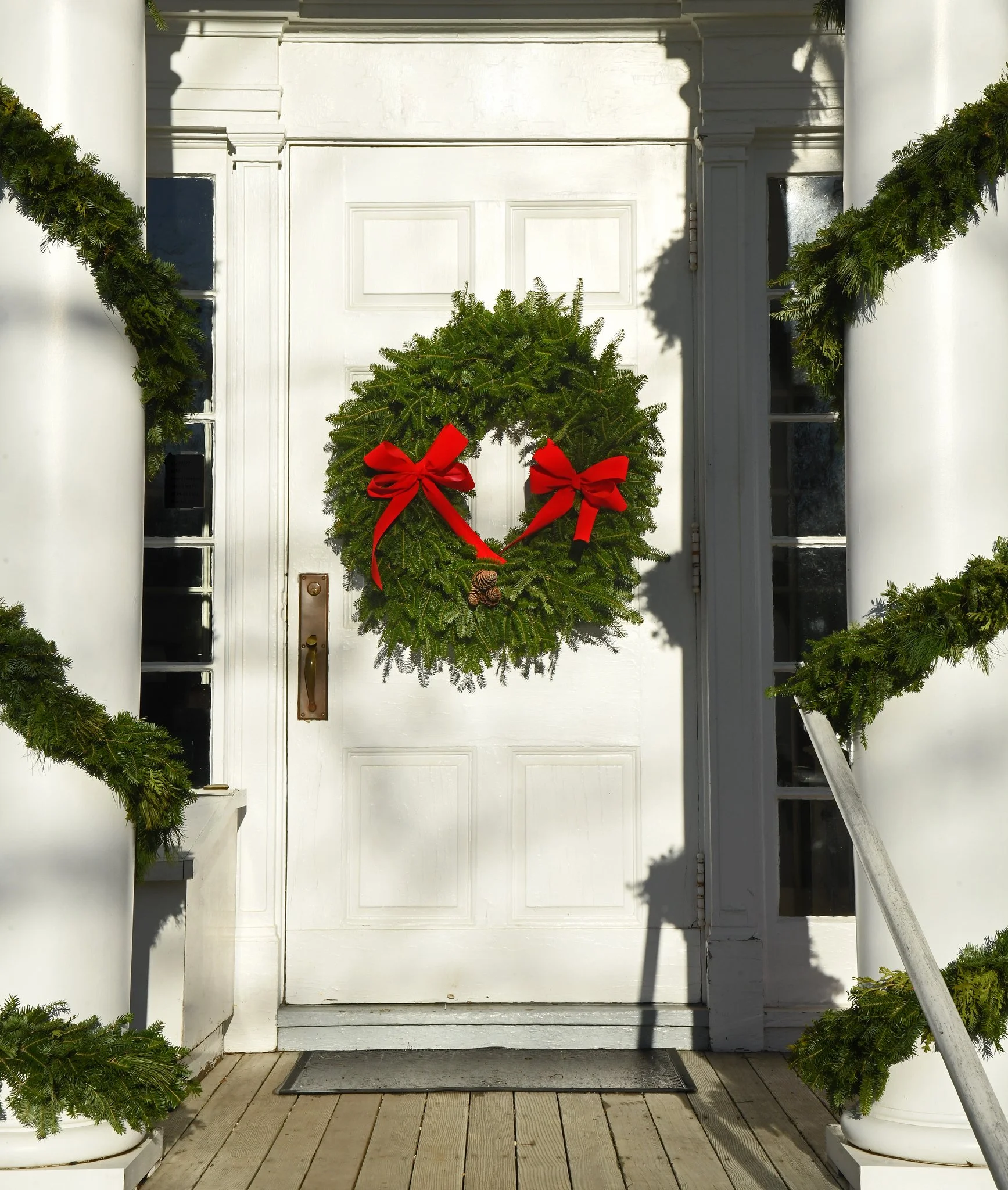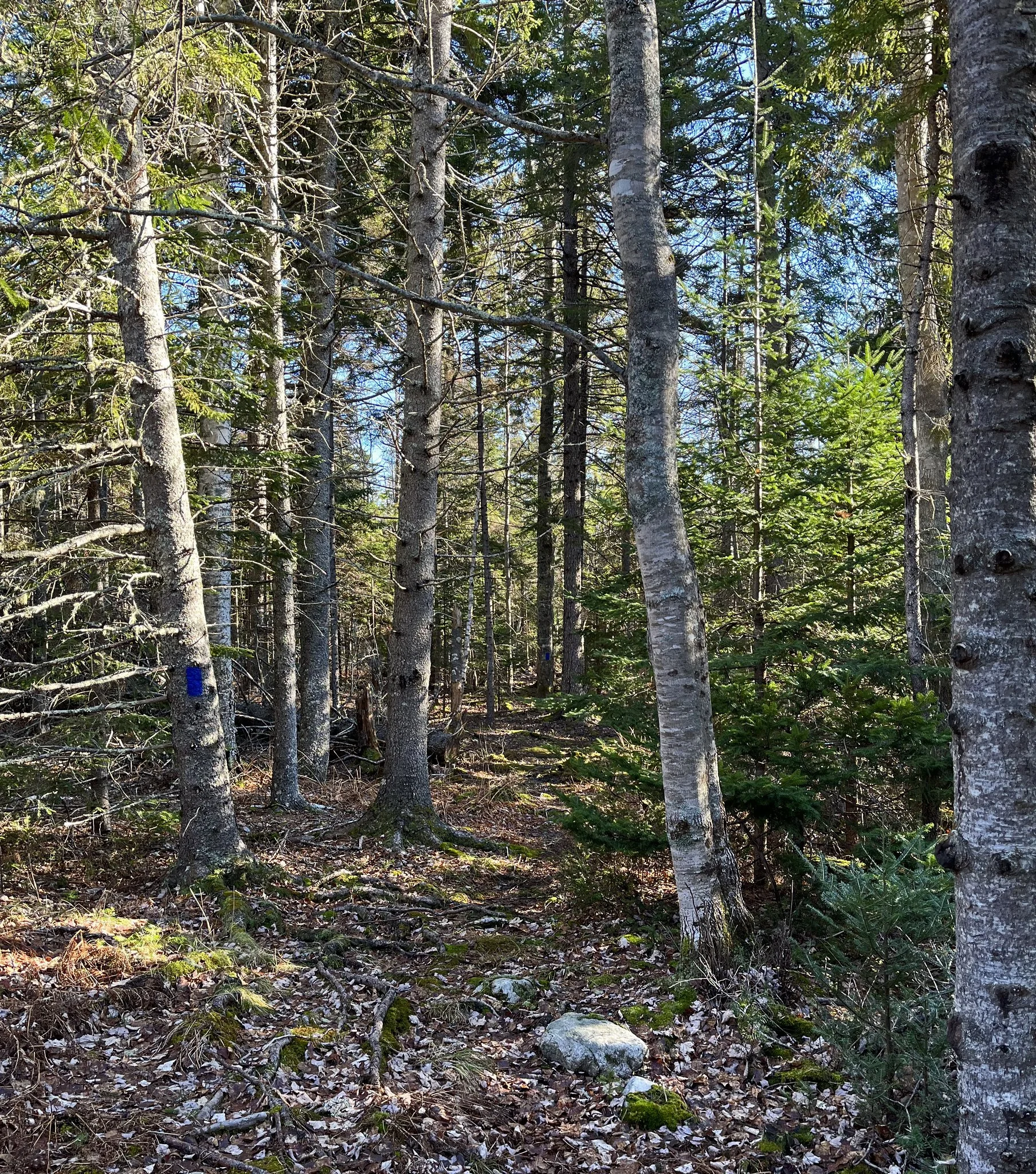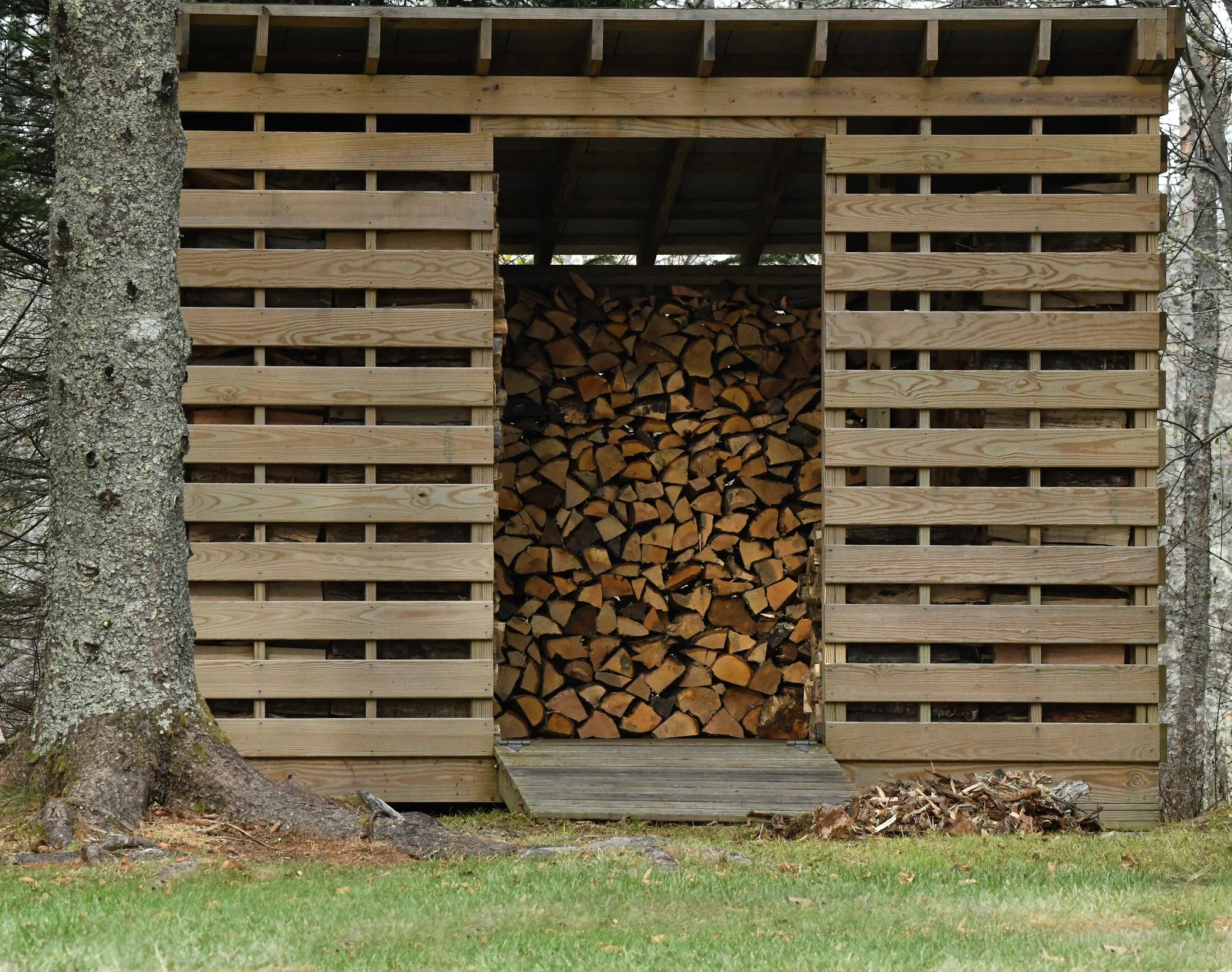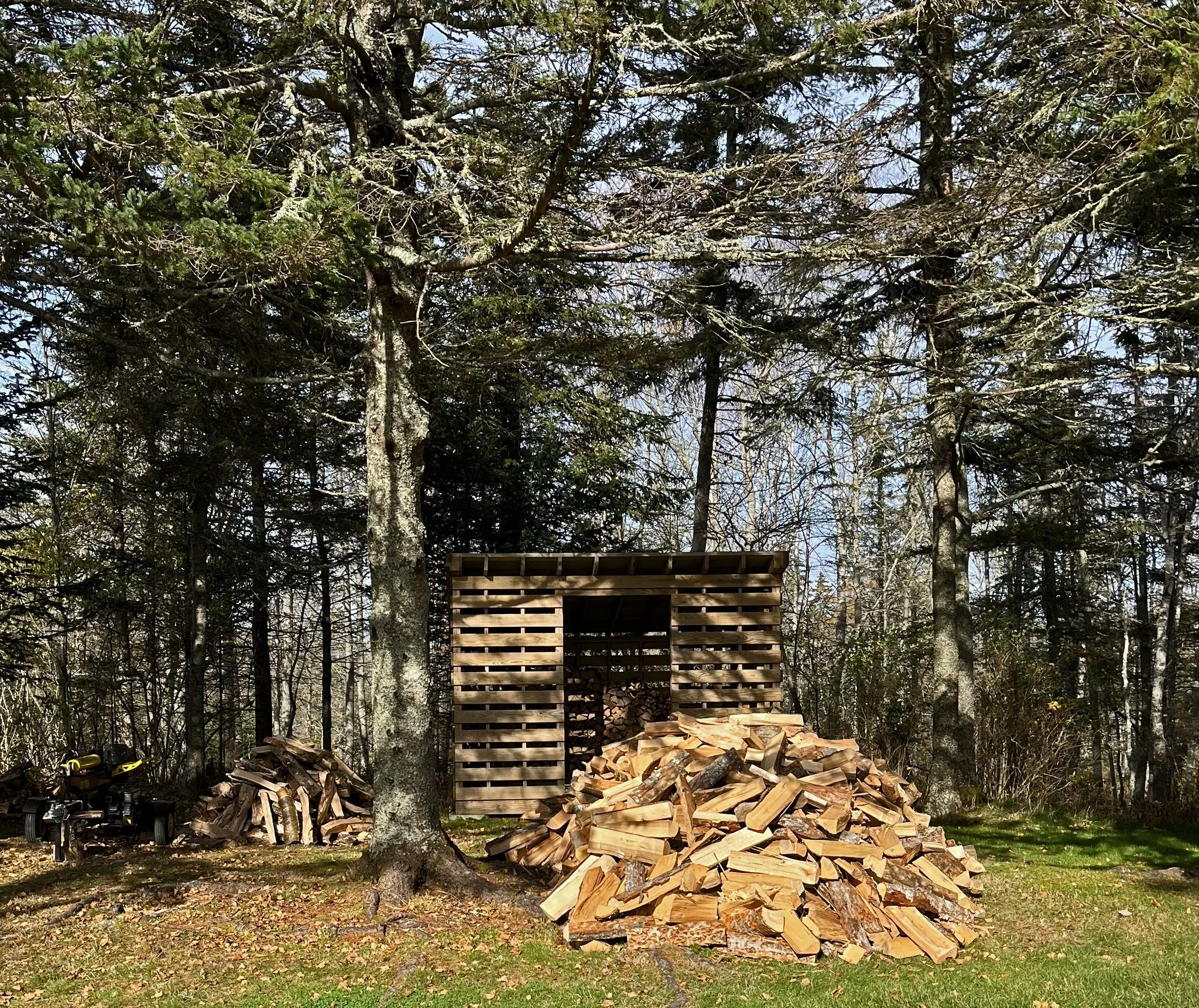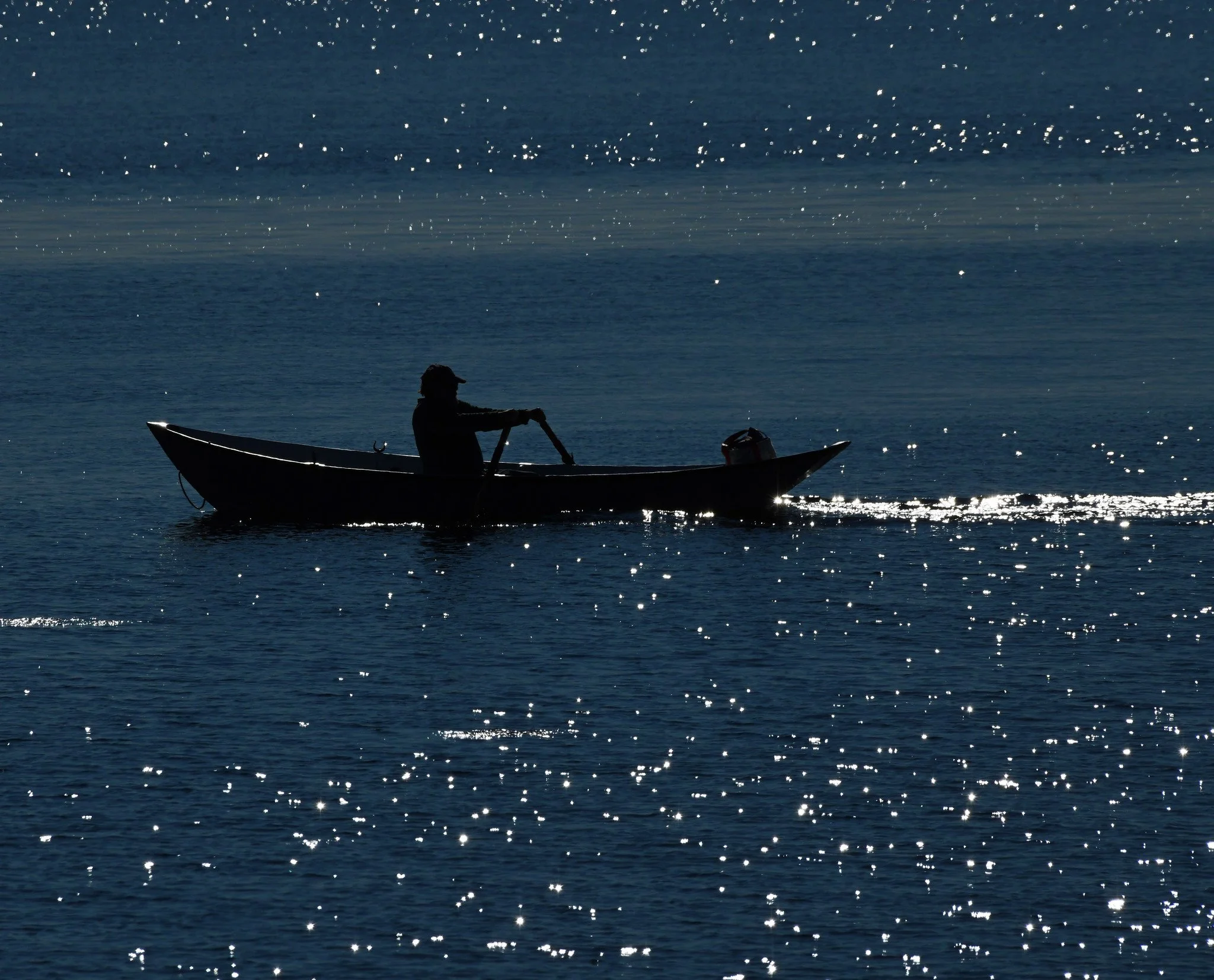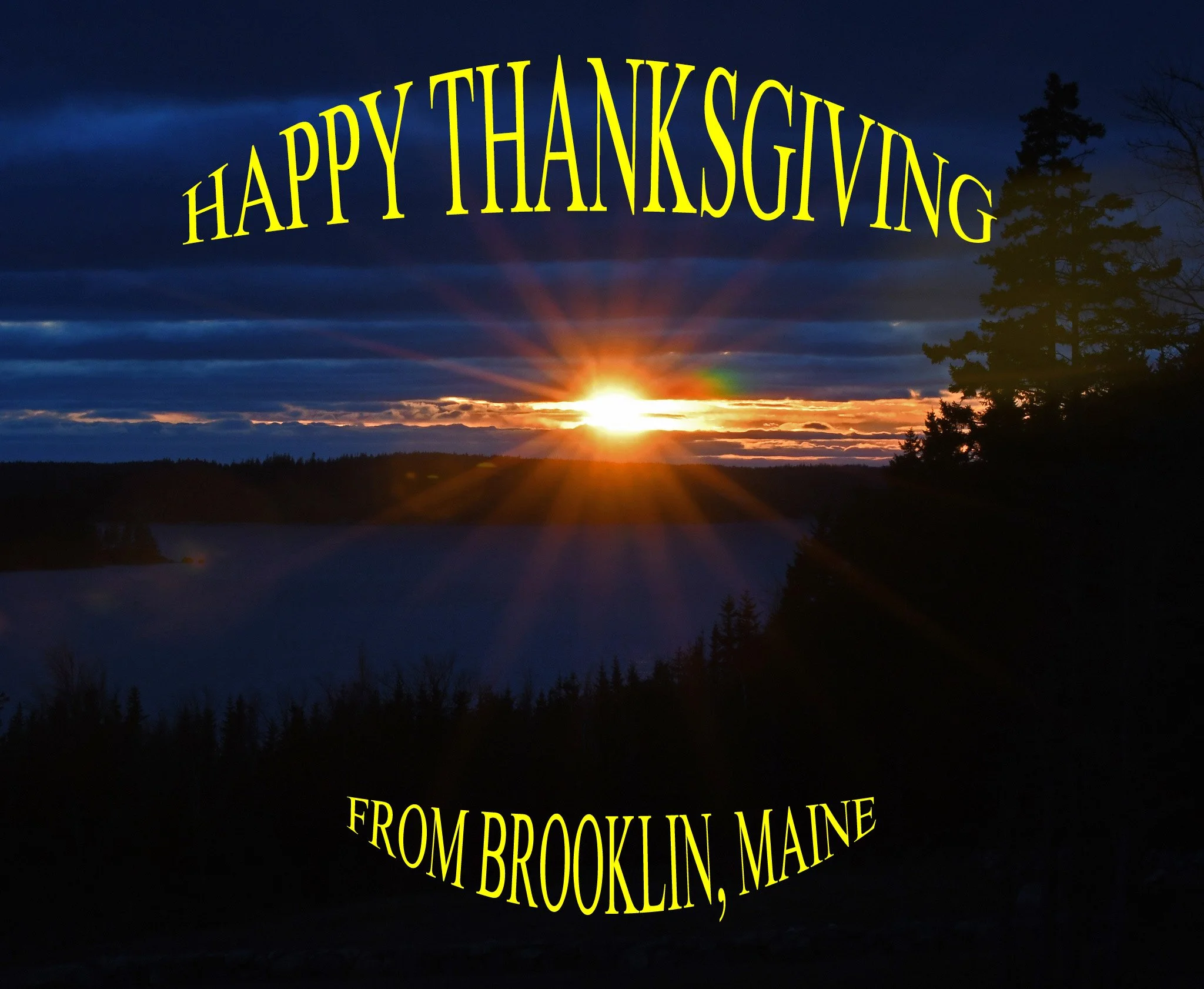I was in a fairly rough patch of woods Friday and saw this White-Tailed Deer before she saw me. Her classic profile was illuminated by almost Rembrandtian light.
She then sensed me, turned, and found me:
We had a stand-still-and-stare contest for a while and then she calmly turned her back on me and walked off without even a lift of the tail. Cool lady.
By the way, in case you were wondering, the 2022 antlered deer-hunting season ended yesterday in Maine with an expanded archery opportunity in some wildlife districts. Theoretically, you no longer need to wear orange blaze clothing in the woods for safety. (Images taken in Brooklin, Maine, on December 9, 2022.)





